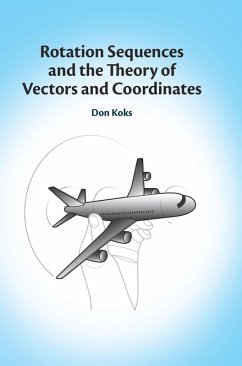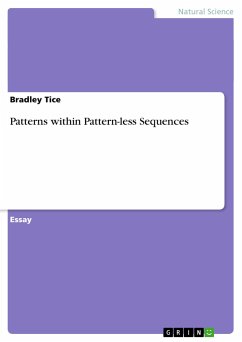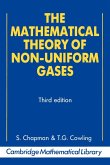This book applies rotation theory to problems involving vectors and coordinates, with an approach that combines easily visualised procedures with smart mathematics. It constructs rotation theory from the ground up, building from basic geometry through to the motion and attitude equations of rockets, and the tensor analysis of relativity. The author replaces complicated pictures of superimposed axes with a simple and intuitive procedure of rotating a model aircraft, to create rotation sequences that are easily turned into mathematics. He combines the best of the 'active' and 'passive' approaches to rotation into a single coherent theory, and discusses many potential traps for newcomers. This volume will be useful to astronomers and engineers sighting planets and satellites, computer scientists creating graphics for movies, and aerospace engineers designing aircraft; also to physicists and mathematicians who study its abstract aspects.
Bitte wählen Sie Ihr Anliegen aus.
Rechnungen
Retourenschein anfordern
Bestellstatus
Storno









